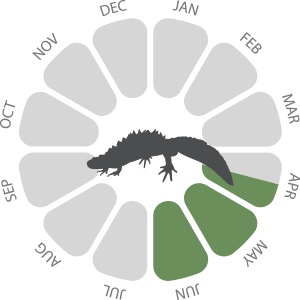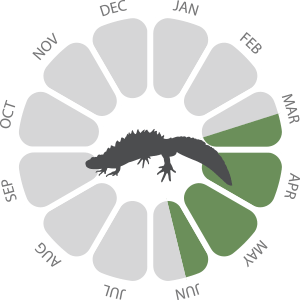Great Crested Newt
Environmental DNA (eDNA) survey
Our Natural England licensed Great Crested Newt ecologists offer a wide range of solutions including surveys (outlined below), mitigation design, reporting, and mitigation licence applications.
Environmental DNA (eDNA) survey

An Environmental DNA (eDNA) survey uses detectable DNA that is released by an organism and persists in the environment; in this case Great Crested Newt (GCN) eDNA remains in ponds for a short period of time in the breeding season, such that a water sample can be taken from the pond and screened for GCN eDNA via laboratory analysis to confirm GCN presence/likely absence at a pond.
Presence/Absence and Population Size Class Assessment
Surveys to establish the presence/ likely absence of great crested newts at a pond rely on four survey techniques; deploying ‘bottle’ traps overnight and subsequently counting any GCN caught prior to release, torchlight searches, searching through pond vegetation for eggs, and using a net in the pond margins.

The difference between a Presence/Absence survey and a Population Size Class Assessment is the number of surveys required. If no GCN are observed after four surveys, the total survey effort is termed a Presence/Absence survey and likely absence of GCN can typically be assumed. If GCN are observed in the first four surveys a total of six survey visits are required, forming a Population Size Class Assessment. For either survey type, all surveys must usually be completed in mid-March to mid-June, with at least half of the survey visits occurring in mid-April to mid-May.
Habitat Suitability Index (HSI)
This survey type records various environmental attributes of a pond and expresses the suitability of a pond for GCN as a single numerical index from 0 to 1, whereby ponds with a higher HSI score generally have an increased likelihood of GCN presence.
Contact us for a discussion with an experienced ecologist.
Accept Reject
Read more in our Privacy Policy.